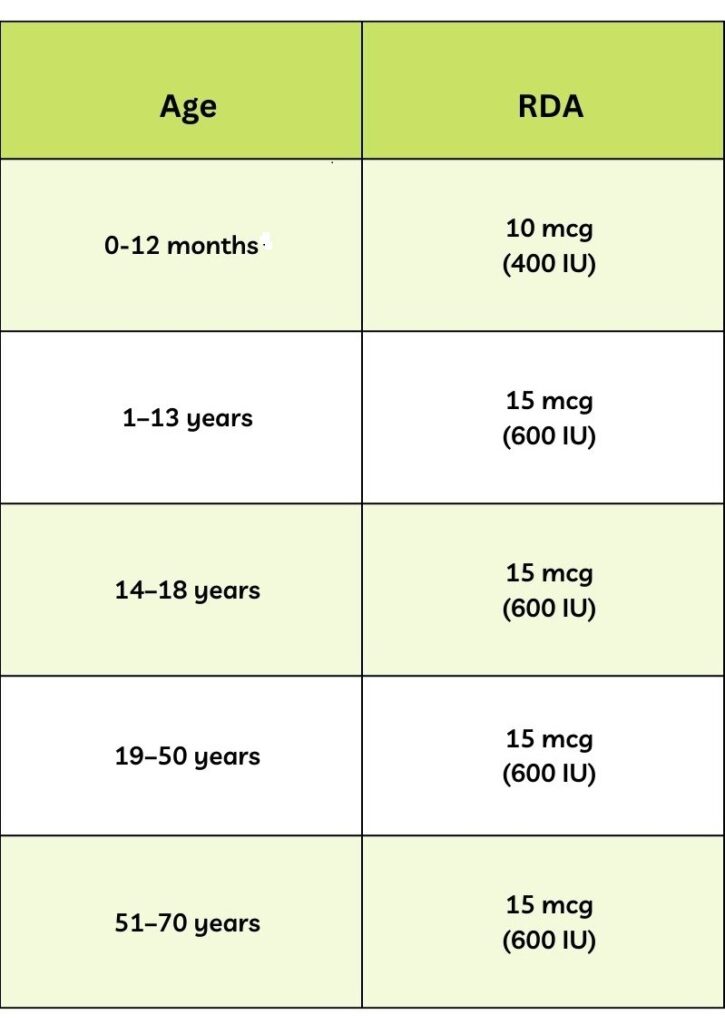Many of us take natural Vitamin D derived from sun exposure for granted. It’s so plentiful during the Spring and Summer months from the sun that we don’t experience a deficiency. But Vitamin D deficiency can create a host of problems to your health. And during the winter months, when we need the Vitamin D the most, it’s challenging to get a lot of natural vitamin D from sun exposure. Yet getting enough vitamin D is essential during cold and flu season.

Vitamin D and your Immune System
Vitamin D plays a crucial role in boosting the immune system by regulating the production and function of immune cells. It helps to activate and proliferate T cells, which are essential for a robust immune response against invading pathogens. It also helps to modulate the immune response by preventing excessive inflammation and autoimmune reactions.
Vitamin D also helps to regulate the production of antimicrobial peptides, which are molecules that help fight off invading bacteria and viruses. Additionally, Vitamin D has been found to play a role in reducing the risk of respiratory infections by modulating the innate and adaptive immunity of the respiratory system.
Furthermore, vitamin D has been found to help in the production of a protein called cathelicidin, an important host defense peptide, a crucial part of the immune system as it helps fight off infections by destroying the cell walls of bacteria and viruses.
Overall, vitamin D plays a critical role in regulating the immune system, and a deficiency in vitamin D can make you more susceptible to infections, colds, the flu and other health issues. As you can see, getting enough Vitamin D is essential during cold and flu season.
Other Symptoms of Vitamin D Deficiency
Other symptoms of vitamin D deficiency can vary and may not always be present. Some common symptoms include:
- Fatigue and tiredness
- Bone pain and muscle weakness
- Increased risk of bone fractures
- Depression or mood changes
- Impaired wound healing
- Hair loss
- Bone deformities in children
- Inability to fight off common infections
- Slow growth in children
Getting Vitamin D During the Winter Months
The body can produce vitamin D when the skin is exposed to sunlight, specifically ultraviolet B (UVB) rays. Even though the sun is not as strong during the winter, it’s still possible to get some vitamin D from sunlight. Try to spend some time outside during the middle of the day when the sun is strongest but be sure to protect your skin from the sun’s UV rays with a sunscreen.
If you aren’t able to get out much but live in Southern climates, find a sunny window corner of your home to sit for an hour or so. Take a cat nap, meditate, or read a book. Since you’re inside, you can exposure more skin and take in more vitamin D.
Vitamin D from Dietary Sources
You can get some Vitamin D from a few dietary sources such as fatty fish like salmon, mackerel, and tuna, as well as egg yolks, mushrooms and fortified foods such as milk and cereal.
Vitamin D is not naturally present in many foods, and it can be difficult to get enough from diet alone. Other good food sources include:
- Beef liver
- Cheese
- Fortified foods such as milk, orange juice, and cereal
- Mushrooms that have been exposed to ultraviolet light
Many foods are fortified with vitamin D, such as breakfast cereals, milk, and orange juice. These can be good options for getting more vitamin D in your diet.
Vitamin D from Supplements
Keep in mind that it can be difficult to get enough vitamin D from diet alone, so consider adding a supplement if you think you’re deficient.
If you decide to take a supplement, the amount of vitamin D you should take daily depends on various factors, including your age, sex, and overall health status. The Recommended Dietary Allowance intake (RDA) of vitamin D is as follows:

These are general guidelines, and your specific needs may be different. It’s important to consult with a healthcare professional to determine the appropriate amount of vitamin D for you. You may need more Vitamin D than the recommended daily intake. See your Doctor for the recommended amount specific to you as excessive vitamin D intake can be toxic and cause hypercalcemia.
On my last visit to the Doctor, I was found to be deficient in Vitamin D and the doctor prescribed an over-the-counter supplement, with 2500IU daily.
Using Sun Lamps for Vitamin D
Sun lamps can provide vitamin D, providing similar UVB rays in sunlight necessary for the body to produce vitamin D. However, it is important to note that not all sun lamps are created equal. Some sun lamps do not emit UVB rays, and therefore will not be effective in providing vitamin D.
If you find a good Sun Lamp, remember that UV radiation from sun lamps can be harmful to the skin and can increase the risk of skin cancer, it’s important to use sun lamps with caution, and always follow the manufacturer’s instructions. Use a sunscreen with the Sun Lamp to block harmful UV rays. Sun lamps are not recommended as a primary source of vitamin D, as the UV radiation can be harmful if used excessively.
Final note, vitamin D deficiency is quite common, especially in people who have limited sun exposure or those who have darker skin, because of the melanin that protects from UVB rays. If you’re concerned about your vitamin D levels, please consult a healthcare professional for advice.
Stay well.
Resources
https://www.sciencedirect.com/science/article/pii/S0960076010001251
https://www.ncbi.nlm.nih.gov/pmc/articles/PMC2821804/
https://www.healthline.com/nutrition/how-much-vitamin-d-to-take#How-common-is-vitamin-D-deficiency?
https://ods.od.nih.gov/factsheets/VitaminD-HealthProfessional/


